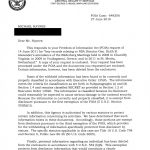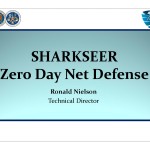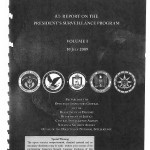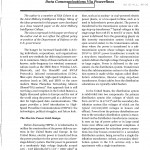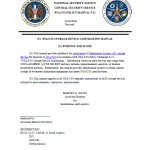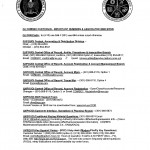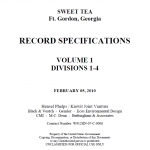The Utah Data Center (UDC) will be a highly secure 65 Mega Watt, Tier III National Security Agency datacenter facility to be located near Camp Williams, Utah. The fast-track program will consist of approximately 1 million ft2 of new facilities, of which 100,000 ft2 will be mission-critical space with raised flooring, and the other 900,000 ft2 will be devoted to technical support and administrative space. Ancillary support facilities include water treatment facilities, electrical substations, a vehicle inspection facility and visitor control center, perimeter site security measures, fuel storage, chiller plants and fire suppression systems. The UDC will incorporate green building strategies and will be required to be a LEED certified facility, with the goal of obtaining a LEED Silver rating.
Read more →
